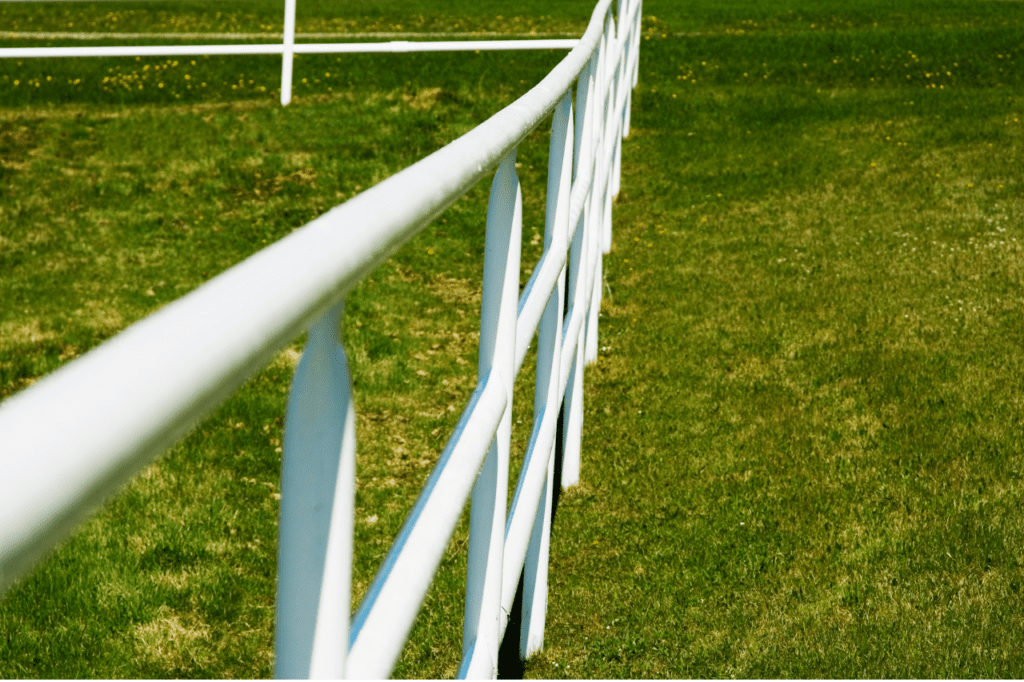When it comes to setting up an efficient and secure agricultural fence, the spacing of the posts is crucial. Proper spacing ensures the stability and longevity of the fence, protecting your livestock, crops, and property. Let’s explore the factors that determine the optimal spacing for agricultural fencing posts, different types of fencing, and provide practical tips for installation with Straight Shooter Game Fencing!
Factors Influencing Agricultural Fencing Post Spacing
Several factors influence the ideal spacing for agricultural fencing posts. These include the type of fence, the terrain, and the purpose of the fence. Understanding these factors helps in making informed decisions for your fencing project.
- Type of Fence: Different types of fences require different post spacings. For example, barbed wire and welded wire fences typically have closer spacing than high-tensile fencing.
- Terrain: Uneven or sloped terrain may require closer post spacing to maintain fence stability and prevent sagging.
- Purpose of the Fence: The primary purpose of your fence—whether it’s for livestock containment, crop protection, or property demarcation—will also affect post spacing requirements.
Optimal Post Spacing for Different Fences
Barbed Wire and Welded Wire
For barbed wire and welded wire fences, the spacing between posts generally ranges from 8 to 12 feet. The exact spacing depends on the wire’s tension and the number of wires used. The closer spacing prevents animals from pushing through or under the fence.
High-Tensile Fences
High-Tensile Fences require larger post spacing. Typically, posts are spaced 20 to 30 feet apart. This fencing is commonly used for livestock containment due to their durability and low maintenance.
Electric Fences
Electric fences are versatile and can have varying post spacing based on the level of containment needed. Generally, posts are spaced 12 to 20 feet apart. Insulated posts and proper grounding are essential for maintaining the fence’s effectiveness.
Installing Agricultural Fencing Posts
Before installing fence posts, it’s essential to prepare the ground properly. Clear the area of debris and vegetation, and mark the post locations accurately. This preparation ensures that the posts are set in straight lines and at the correct intervals. Regular maintenance is also vital for the longevity of your agricultural fencing. Check for loose wires, damaged posts, and signs of wear. Tighten any slack wires and replace broken posts promptly to maintain the fence’s integrity.
Why Choose Straight Shooter Game Fencing?
When it comes to quality and reliable agricultural fencing solutions, Straight Shooter Game Fencing stands out. We offer a wide range of fencing options designed to meet the unique needs of agricultural properties. With our expertise and commitment to excellence, you can ensure your fencing project is a success.
Visit us at Straight Shooter Game Fencing to explore our products and services, and get started on your agricultural fencing project today!

